Choosing the right sewing machine
Among the many sewing machines options for your shop, how do you choose? The panelists at the EXPO presentation “Selecting a Sewing Machine for Your Application,” agree that nearly any project can at least be partially fabricated using a single-needle walking foot machine. “But for wide material for tents, awnings, covers, sails and the like,” says Steven Kaplan, president of Kaplan Sewing Machine, “a long-arm sewing machine is the better choice.”
Make Sandercock, from The Quality Thread and Notions Company, who moderated the session, says needles and threads are a major consideration that can affect the way any kind of sewing machine operates in a shop. “Depending on the fabric, your needle size and thread tension can affect the way your machine operates,” says Sandercock. “Try changing the size of the needle and adjusting the thread tension if you’re having issues on the sewing floor.”
Although there are automated features that fabricators can add to their existing machines, Warren Shannon, from Mitsubishi Electric Automation, points out that buying a new automated sewing machine for your shop can make even more sense. “Automated machines are becoming more popular because they allow less skilled operators to complete successful projects,” he says. “As it becomes harder to find skilled workers, this can really be a smart move.”
Features such as needle positioning, back-tacking and thread trimming are available on programmable models, say the panelists. Programmable machines are also equipped with servo motors, which are quieter, generate less heat and provide better speed control than traditional clutch motors, and, in many cases, don’t cost that much more.
Mario Gauna, from Henderson Sewing Machine, says the automated machines run the gamut from simpler to complex. “A good dealer will ask for samples of what you’re doing to understand your processes so they set up your machinery properly.”
The panelists urged fabricators to take advantage of the rich sources of information around them. “That’s one of the great things about ATA’s EXPO,” says Kaplan. “Here’s a tremendous group of knowledgeable people who love to answer questions. You can walk around and find things you never knew existed.” He says equipment dealers in particular are committed to helping fabricators with their unique challenges. “Show up with a mock-up of a problem and I’ll bet someone on the show floor can help you solve it.”










